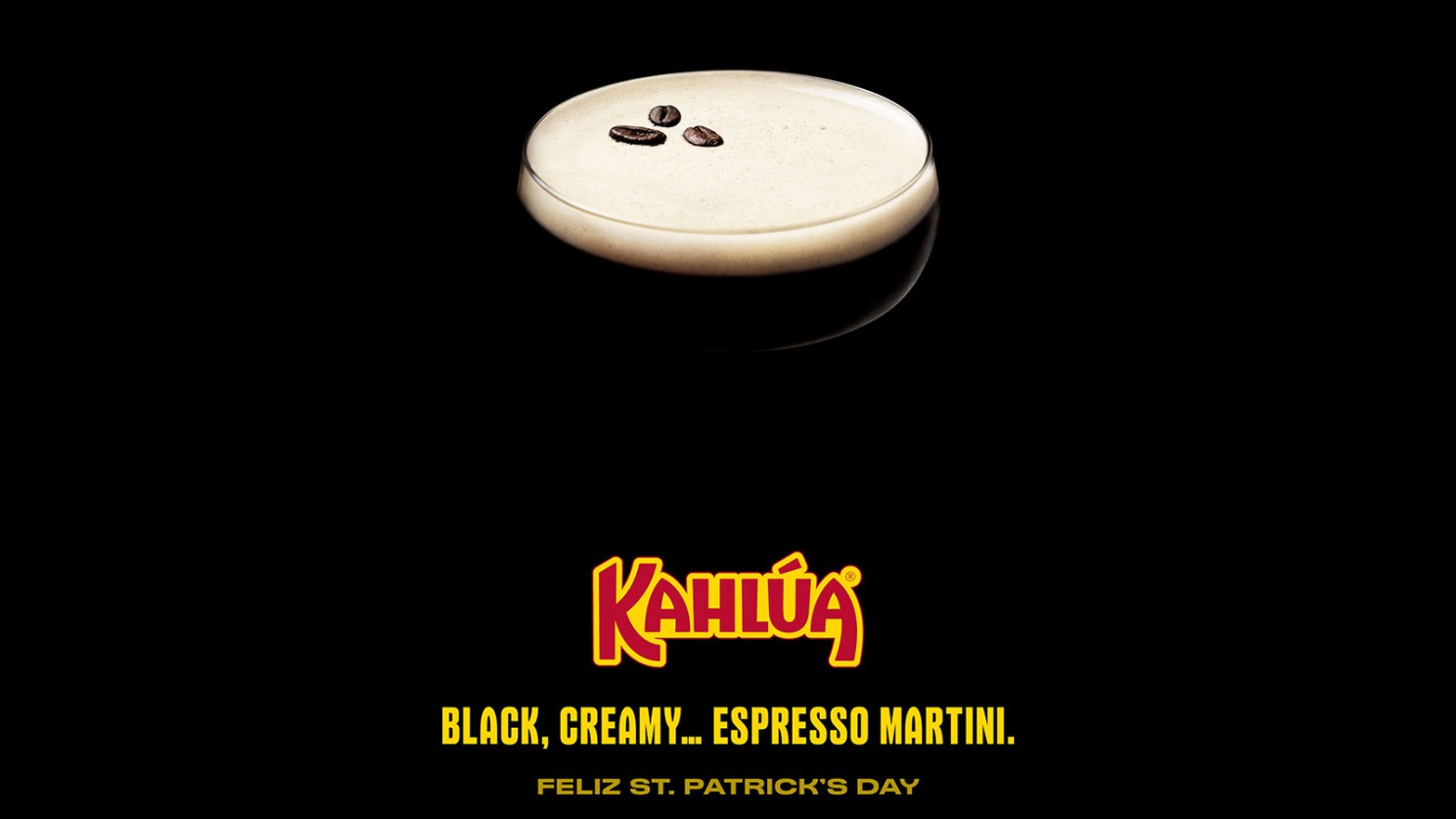
Pick a Fight You Can Win: Mentioning Competitors in Your Ads
Ex-General Electric CEO Jack Welch once said that one of his keys to success was to ‘buy or bury’ the competition. However, if he were to look through today’s advertising, he might be surprised by how close brands are with each other. In an age of collaboration, with shifts to media and consumer behaviour, brands are acknowledging more of their direct and indirect competition for consumers’ wallets. Partnerships, co-branded content and social media discussion have tied companies closer together. A 2021 Pepsi ad finds its logo in the midst of Captain Morgan’s to bring life its ‘Better With’ platform. Even comparison ads, the bastion of going directly for the weakness of a competitor, are finding examples of a more friendly or playful tone.
Burying the hatchet isn’t a new tactic, 2015’s famous ‘McWhopper’ campaign, where Burger King proposed a co-branded store with McDonald’s is a classic example. However, the trend of this occurring in advertising is seemingly becoming more en vogue.

One recent example, where Kahlua attempted to ‘hijack’ St. Patrick’s Day from incumbent Guinness drew discussion for its style of execution – using very similar cues to the instantly recognizable Guinness silhouette. While the idea is creative and attention getting, its execution and tag line runs the risk of calling out a competitor at a time of strength and not bringing enough force to bear.
Kahlua’s inclusion in the drink ‘Baby Guinness’, serves as strong inspiration for showing up during the holiday. However, does Guinness need to be invited into the ad so explicitly or does everyone know what you’d mean by ‘stout’, drinking or ‘St. Patricks’ (especially when most cocktails involving Kahlua on St. Pat’s already have Guinness in the name)? The mammoth task of tackling Guinness and St. Patricks day means anything but the sharpest message is always going to come across as a Guinness ad.
System 1’s Andrew Tindall posted about this Guinness ad on LinkedIn, highlighting the risk of attribution by going so heavily against something so recognizable at a time of strength. Inspired by his post, I’d suggest that if you’re going to give your competitor air time, you better make sure make them pay for it.
From Apple’s “I’m a Mac” ads, to Bounty’s ‘Quicker Picker Upper’, Dixons or T-Mobile’s the ‘Uncarrier’ – successful ads make other brands pay to be there. KFC’s campaign mentioning the UK’s raft of imitation Chicken shops gave a platform to competitors, but in a way that acknowledged what consumers already knew – Perfect Fried Chicken of London wasn’t a truly original idea.
Collaboration culture and social media interaction have shown how we can capture attention by leveraging other brand’s footprints and audiences. However, we as advertisers must realize that attention can come at a cost. Studies that suggest that positive brand to brand interaction can boost engagement and short term perception of brand strength often don’t consider its impact on distinctiveness. Even if consumers desire less conflict between the brands in their lives, it arguably creates a cold war over a truce.
The classic and refreshed ‘Pepsi Challenge’ serves as the watermark for benefit from mentioning a competitor. Running in the 70s and again in the 2010’s, it pitted Coke vs. Pepsi in a way that benefitted the challenger brand win or lose, by framing the soft drink category as a two horse race. Additionally, as Malcolm Gladwell suggested, the sip test method used benefitted the Pepsi taste profile. By mentioning a competitor, and potentially risking loss to them, Pepsi gained implied parity and activated an advantage in methodology. The brand stays distinct in the execution because of a clear role, point of view and difference from its competitor. Looking back to the Kahlua campaign, it could benefit similarly to Pepsi – however it needed to stack the deck a bit more to do so.
In a world where brands talk about distinctive assets, we don’t have to quarantine them, but we do need to ensure they’re given a chance to shine. Brand partnership is a growth accelerator, but competitor presence creates a competition you should ensure you can win. Just because they call it market share, doesn’t mean you can’t be selfish with your ads.


